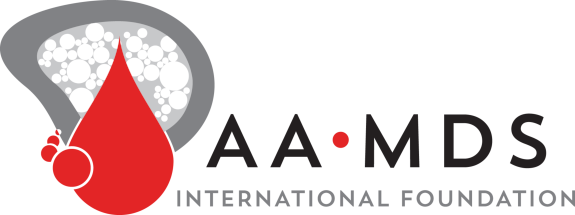Background: Hematopoietic cell transplantation (HCT) remains the only curative therapy for pediatric myelodysplastic syndrome (MDS) in all but rare cases. While HCT outcomes for pediatric MDS are similar across the largest registry and single-center trials, factors identified as contributing to inferior outcomes vary from study to study. We performed an analysis to provide more clarity on the prognostic implications of disease characteristics, including blast burden and cytogenetic abnormalities, in the current era.
Methods: We conducted a retrospective analysis of 36 consecutive children (<18 years of age at HCT) who underwent allogeneic HCT for MDS between June 2000 and October 2019 at the Fred Hutchinson Cancer Center.
Results: Overall survival (OS) was 77% (95% CI 64-92%) and relapse-free survival (RFS) was 71% (95% CI 57-88%) at 2 years post-HCT. Patients with <5% blasts by morphology in the bone marrow at the time of HCT showed superior 2-year OS at 87% (95% CI 74-100%) as compared to 54% (95% CI 32-93%) in patients with ≥5% blasts, consistent with an HR of 4.6 (CI 1.14-18.7, p = 0.03). The inferior outcomes in patients with ≥5% blasts were due to increased relapse incidence (HR 7.6, CI 1.5-39.3) with no difference in NRM or acute GVHD.
Conclusions: OS and RFS were comparable to what has been observed in other large, single-center studies (OS 77%, RFS 71% at 2 years) and compared favorably to outcomes from the largest multi-center retrospective analyses.

